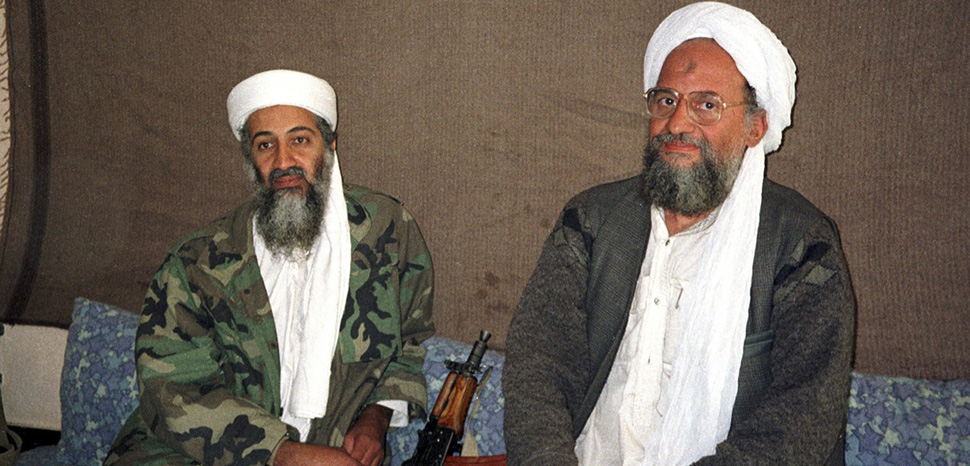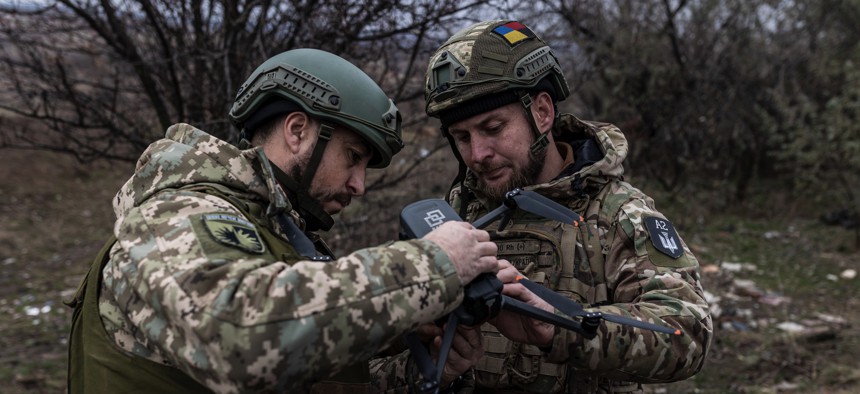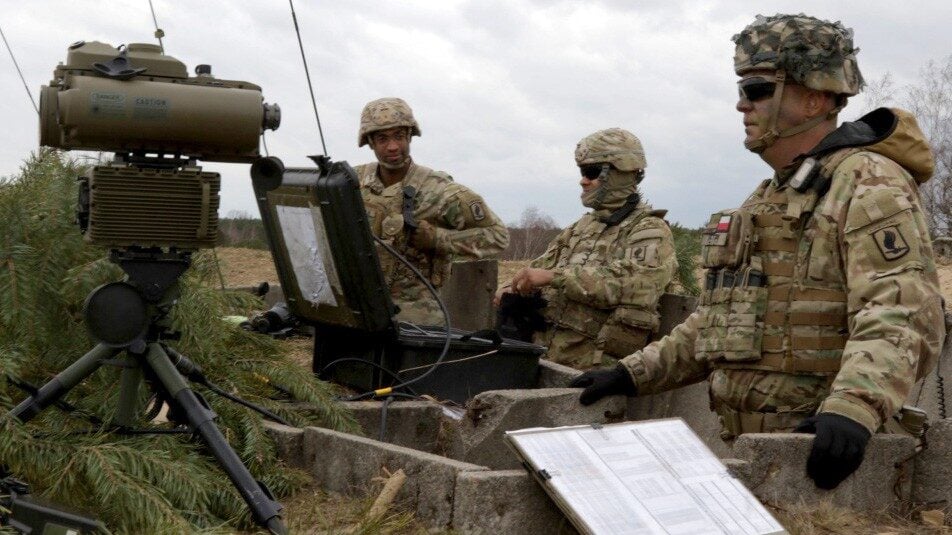Shira Rubin
TEL AVIV — Hamas spent more than a year planning its historic assault on Israel, following battle plans built on open-source materials and high-level intelligence, Israeli intelligence officers told a small group of journalists this week.
The sophistication of the attack, and the growing evidence of long-term, strategic planning by Hamas, sheds new light on the reach of the group’s intelligence apparatus and the complacency of Israel’s vaunted security state.
Even the location of Monday’s briefing was telling: the headquarters of Amshat, a previously defunct intelligence unit within the Israel Defense Forces charged with gathering documents and other technical materials relevant to war.
Amshat was disbanded five years ago, according to the IDF. “Israel, essentially, had decided it was done with war,” said a person familiar with the unit, speaking on the condition of anonymity to discuss sensitive security matters. It was revived after Oct. 7 — the bloodiest day in the country’s history, when 1,200 people were killed.
The assault stunned Israelis, who, for years, had been assured by Prime Minister Benjamin Netanyahu and military leaders that Hamas had been deterred, its fighters safely fenced off inside Gaza. But across the Israeli army, analysts had warned for months that a multipronged attack was in the works: an unprecedented infiltration of Israel by land, air and sea.
Many of the 3,000 combatants who stormed Israel’s billion-dollar border fence with Gaza as dawn broke on Oct. 7 carried battle plans with specific instructions, the Israeli intelligence officers said. Some involved plans to hit military bases as far north as Rehovot and as far east as Beersheva, as well as two spots — code named points 103 and 106 — deep in the Mediterranean Sea.
Israel has increased offshore natural gas production in recent years, although it is unclear whether energy installations were the target.










